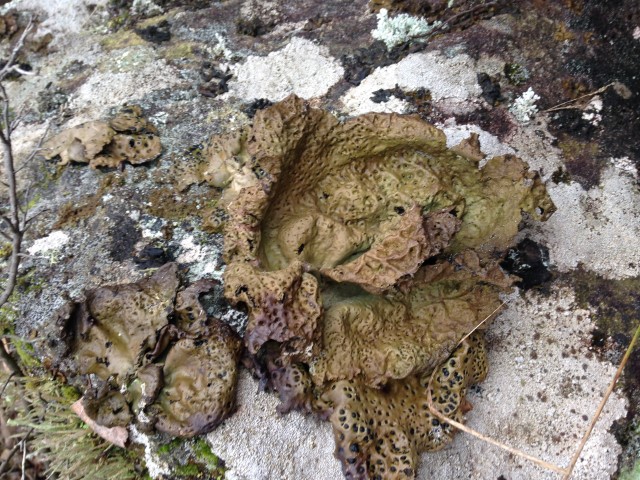Herbarium Projects Available
Dr. Lada Malek, Emeritus Professor, Department of Biology, is willing to supervise students interested in projects that will benefit our Claude Garton Herbarium (LKHD) and provide you with experiential learning opportunities.
As a component of all projects below, students will participate (20-40% of time) in plant database and imaging projects related to herbarium collections. However, overall focus will be to enhance herbarium availability and participation by local citizen groups, organizations and students. All projects to include a search for existing programs and tools, in order to avoid duplication of effort.
Project 1
Google Earth (GE) mapping of LKHD historic collections. In order to understand changes in plant distribution in the Thunder Bay District, develop GE tags for collections preceding the availability of computers. Investigate the possibility of achieving this goal in other pre-existing programs such as iNaturalist. Initial focus on threatened or charismatic plant families.
Project 2
Develop skills in the use of iNaturalist program and app, with the objective to achieve curatorial status. Develop iNaturalist instructional tools for (1) elementary school students, (2) high school students and (3) adults. Deliver one or two public presentation on the use and utility of iNaturalist. This could be based not only on LKHD plant collections (vascular, moss, lichen) but on any other group of organisms currently supported by iNaturalist.
Project 3
Develop an instructional module on nature photography (macro for plants and insects, telephoto for wildlife and birds). Develop “mini-manuals” for the use of imaging equipment available through the herbarium. Compare the utility of basic cell phone technology with sophisticated specialized digital imaging systems. Deliver one or two presentations to target community audiences.
Project 4
Start developing a database of local vascular plants with “difficult” taxonomy, outlining specific features of each species used for taxonomic differentiation. Select one group and develop a model for imaging these organisms, showing their differences. Develop a presentation outlining to citizen groups or students the way in which different disciplines define “species”. Evaluate critically the use of biological, geographic and morphological criteria in defining and naming of species.
Project 5
Focusing on “disjunct” populations of plants, and those at the edges of their normal distribution, primarily prairie or parkland species (less importantly Carolinian or Arctic species), develop a database of plants potentially requiring local protection. Investigate COSEWIC criteria for identifying rare and threatened species. Investigate and list NW Ontario Conservation Reserves protected by OMNRF from logging (list specific “values” being protected). Investigate strategies for funding to protect additional land in NW Ontario (https://www.canada.ca/en/environment-climate-change/news/2018/06/canada-nature-fund-special-ministerial-representative-and-national-advisory-committee.html). Prepare a public presentation (to TBFN?) on a strategy to be used locally to identify important additional localities in TB District worthy of protection.
Project 6
Collate information on old forests in NW Ontario, with focus on the Greenwood Lake Conservation Reserve. In collaboration with NRM faculty and TBFN digitize species lists and other unique features of the reserve, develop a list of potential research projects investigating the biology of this unique old growth forest. Develop contacts and possible collaboration with “Ancientforests.org”, local hiking club and OMNRF (current owners of the reserve). Give presentation on findings.
IF INTERESTED, STOP BY THE HERBARIUM (CB3037, near double elevators) AND CHAT WITH ACTING CURATOR KRISITI DYSIEVICK, OR CONTACT DR. MALEK DIRECTLY AT lmalek@lakeheadu.ca.
For more information about the Herbarium, visit http://www.lkhdherbarium.ca/


